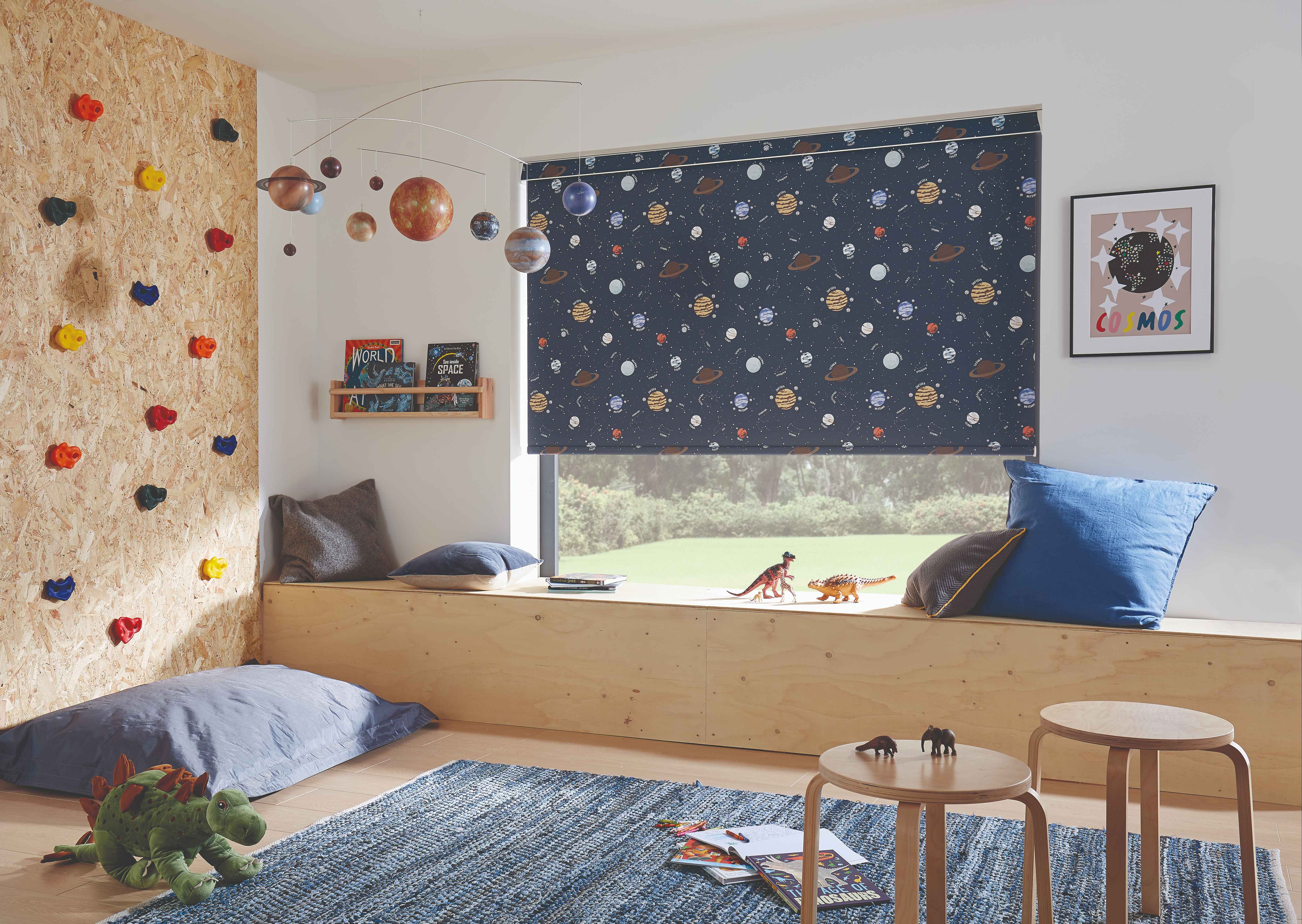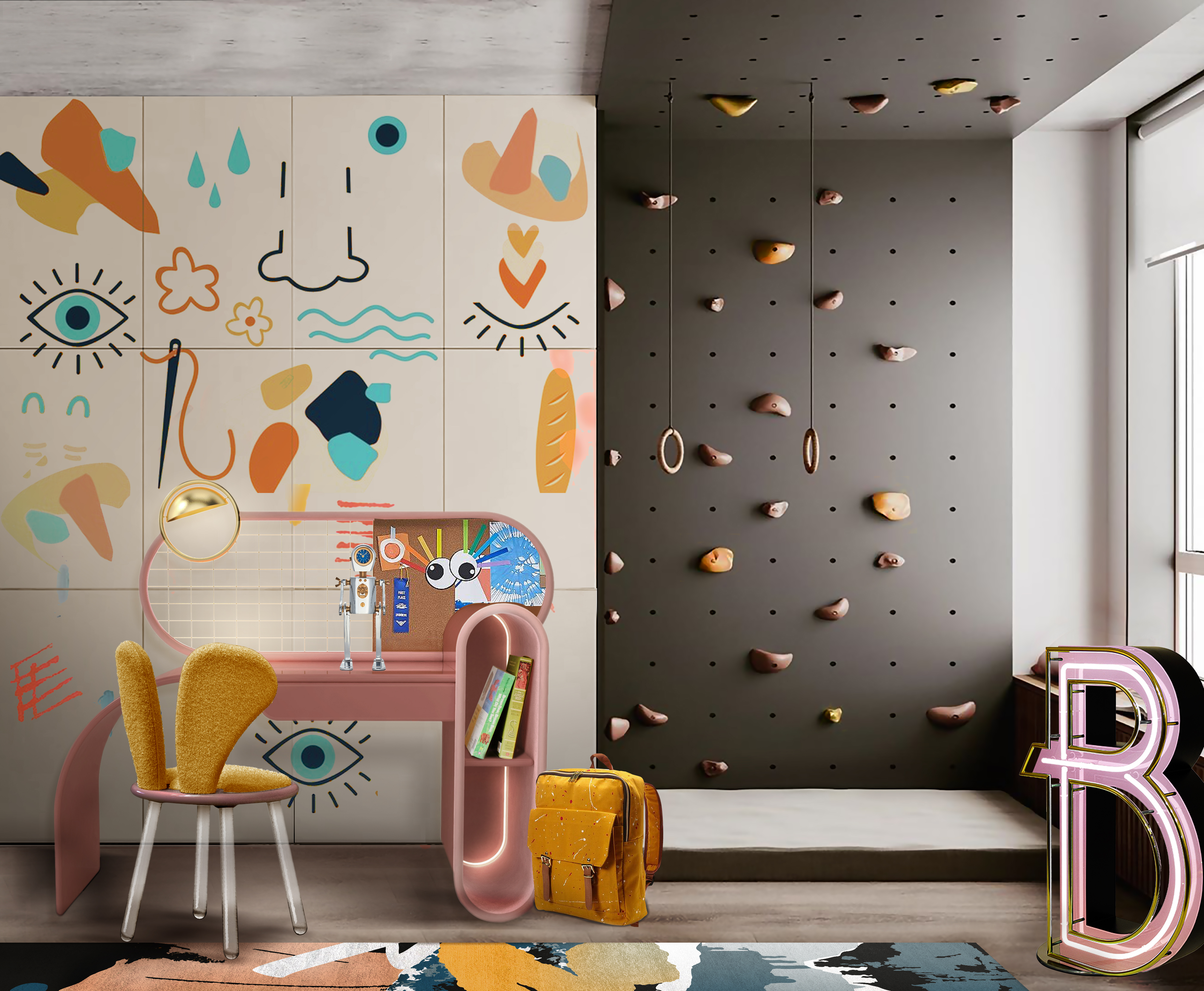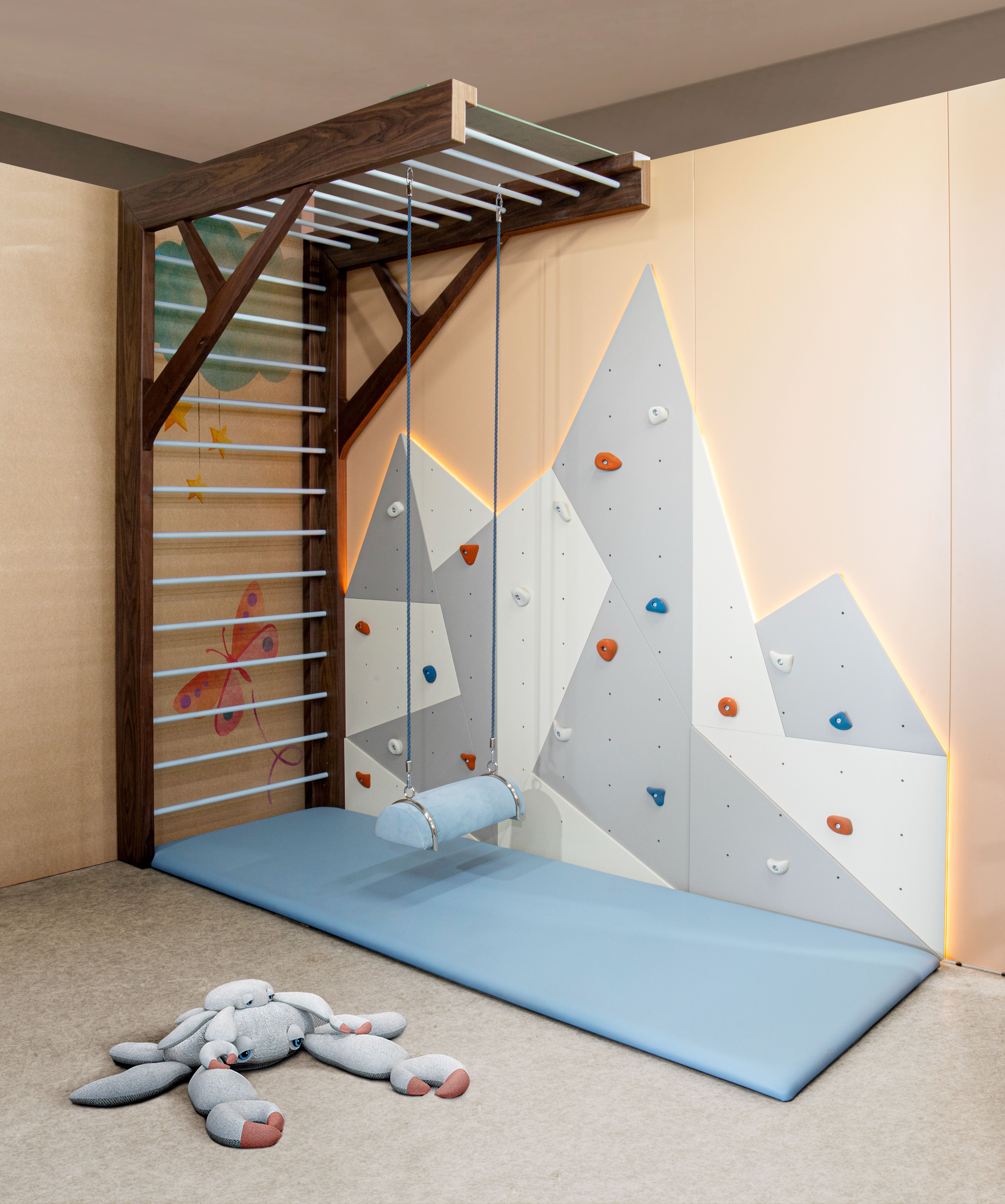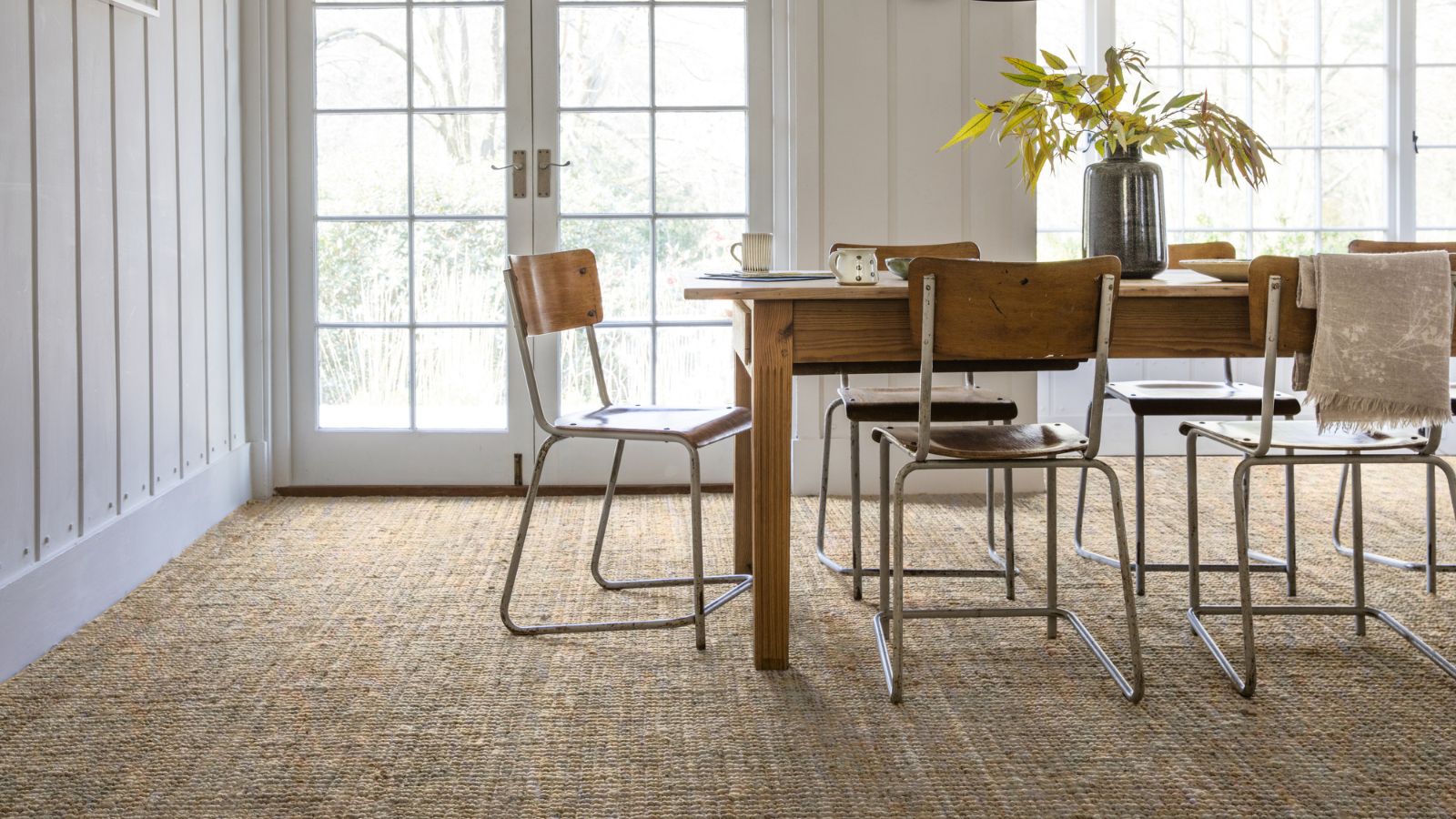Adding a climbing wall for kids' rooms — including safety precautions and ideas
Find out what to consider when building a climbing wall for a child's room, including safety precautions and costs

Encouraging your kids to remain active indoors with a climbing wall in their bedroom is the latest trend and one we're absolutely here for. It is not hugely costly, but definitely is a special feature that can be made more and more complex as they get older.
Find out what to consider in terms of safety, preparation and how to include this in children's bedroom design below with our helpful guide.
Why build a climbing wall
"A climbing wall in a child's room is so much fun. It encourages physical activity and helps build motor skills like strength and coordination," begins Jules Yap, founder of IKEA Hackers, who built a climbing wall in her own home using a series of IKEA purchases.
"As they climb, they'll also learn to problem-solve as they figure out the best way to reach different holds.
"Nevertheless, parents should only install a climbing wall in their children's rooms with safety in mind. Start with easy-to-grip holds and a low wall, then swap them for more challenging grips and expand the height as your child gets stronger and braver. This way, their room becomes a constantly evolving training ground for their growing bodies and minds."

Jule Yap founded IKEA Hackers as a perioal blog in 2006, before it became a wold-wide sensation, providing advice on transforming off-the-shelf products into bespoke and beautiful designs.
How to build climbing walls
There are a couple of routes you can take to build climbing wall in the bedroom or playroom.
First, the easiest option, is to buy pre-built freestanding apparatus. This requires minimal know-how and simple safety precautions. However, children might quickly grow out of this often-rudimentary set-up, and the bulky nature requires a decent amount of space to make it worth it indoors.
Bring your dream home to life with expert advice, how to guides and design inspiration. Sign up for our newsletter and get two free tickets to a Homebuilding & Renovating Show near you.
The next option, and increasing in complexity, is to buy pre-made panels that simply need to be fastened and secured to the bedroom or playroom wall. Kits like these ones from climbAwall, need a wooden framework for extra security on plaster board. Alternatively, if the wall is solid and of decent quality the panels can be afixed directly to them. The hand and footholds can simply be adapted and changed around as required.
The final option is the most complex: building the walls yourself. The benefits of this allow for more bespoke designs, including angled overhangs for more complex bouldering. Plywood of at least 25mm in thickness is required.
Although some utilise pre-existing furniture to adapt into a climbing wall, Jule Yap, who went down this exact route shares her concerns. "While the IKEA climbing wall hack sounds creative and cool, it may not be for everyone. Every child is different, so is every parent and his or her DIY skills.
"Modifying furniture can compromise its original sturdiness. Unless you're very handy and confident in your building skills, a pre-built climbing wall with certified safety features might be a better option, especially for younger children."
Climbing wall costs and where to buy parts
Climbing holds can bought easily and cheaply from places like Amazon, or a little more expensive from custom stores, such as Kong Holds.
Plywood for a 1.2 x 2.4 climbing space would cost around £352 from DIY shops like B&Q, plus batons spaced as you would for studwork costing another £30.
Pre-made panels with holds included, on the other hand, can cost around £420 for the same area from climbAwall.
Climbing wall safety precautions
You must ensure a safety mat or crash pad is directly underneath the climbing wall, if not directly installed on the floor so it doesn't move away while bouldering is happening.
"Besides that, climbing walls, even well-built ones, require adult supervision," adds Jules. "Having an at-home-climbing wall doesn't replace the need for proper instruction and watchful eyes. If you're not comfortable supervising your child while climbing, or enrolling them in climbing classes, then this DIY project should not be recreated in your home."
Climbing wall size
In theory, a climbing wall can be as big or as small as you like. Some like to install some small panels and holds above the bed, but others enjoy space for longer routes and more complex activity. There is no minimum ceiling height required, but if you're dealing with very low rooms, consider making the wall longer by going further horizontally.
Naturally, depending on the age of your child the bigger will be better for a great range of movement as they grow older, but smaller kids just learing to boulder would be very happy with 1.2m x 1.2m kits.
Climbing wall ideas
1. Create alternative access to a loft bed

This modest-sized kid's bedroom utilises the vertical space masterfully to encourage another way to access the loft bed away from the low sloping eaves.
A crash mat can be stowed in the under-bed storage, or a a thick foam mat (at least 300mm) could be desined underneath a soft floor covering.
2. Keep the climbing wall stylish and versatile

Children's bedrooms are a place to express themselves and develop individuality and tastes, so encourage your child to paint the plywood or panel in a colour that interests them – even changing it up every few years.
This home has also added complexity to the bouldering space, but including ceiling holds and hoop swings. The safety mat is also neatly positioned in the the alcove.
3. Use aparatus for a temporary approach

Perhaps you're in rented accommodation, or perhaps you have a nagging feeling the climbing phase might not last forever. Whatever the reason, you might not want to drill into walls and have a permanent bouldering wall so using pre-build apparatus could be a great alternative.
These sets also usually come with a variety of activities for different types of exercise – from swings to monkey bars.
If you are still designing your child's room from scratch, there are plenty of other fun features you can perhaps consider including, from bunk beds that look like a ship to adding a tiny door for child only access to certain areas. For more inspiration, take a look at our piece on children's bedroom ideas.
Amy is an interiors and renovation journalist. She is the former Assistant Editor of Homebuilding & Renovating, where she worked between 2018 and 2023. She has also been an editor for Independent Advisor, where she looked after homes content, including topics such as solar panels.
She has an interest in sustainable building methods and always has her eye on the latest design ideas. Amy has also interviewed countless self builders, renovators and extenders about their experiences.
She has renovated a mid-century home, together with her partner, on a DIY basis, undertaking tasks from fitting a kitchen to laying flooring. She is currently embarking on an energy-efficient overhaul of a 1800s cottage in Somerset.

